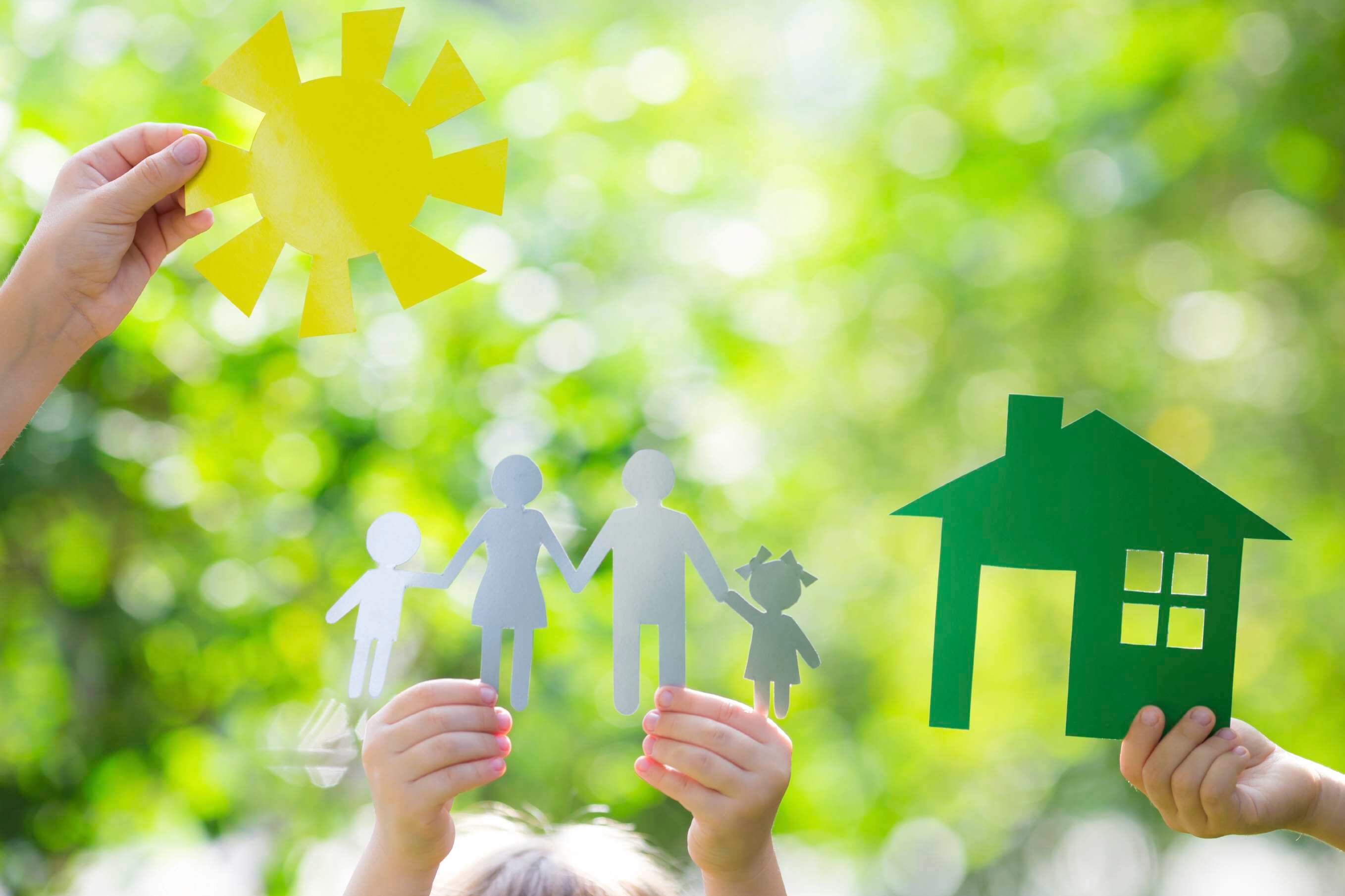Your Home Should Be An Emotional Shelter

All human beings need to feel protected in order to be happy. This protection comes from safety, which is provided by a home. In addition to being a physical shelter, a home should also be an emotional shelter. There is no better shelter than one in which we feel valued, understood, supported, and above all, loved.
The Home as an Emotional Shelter
Having an emotional shelter is not only important for adults, but it also turns out to be essential for children. Children are fragile, innocent beings who are starting to develop their personality and identity, learning through observing their biggest role models, their parents. There’s no doubt that children need to have an emotionally sheltering home in order to grow happy and healthy.
If you want your children to grow and develop into happy, healthy people, you’ll need to create an emotional climate in your home that helps them to be themselves – where they know they are respected for who they are, that they can feel good or bad if they need to… And on top of that, they need to also feel they have their family by their side, for better or for worse. Family will be their greatest support system.
An emotionally sheltering home could just be ourselves. We can develop and mature to let go of judgement, labels, and the need to point fingers. A home is made up of trust, habits, routines and norms that must be understood and not overlooked.
Respect for one another, understanding, and modeling good behavior are important. In the home, family members should always be able to feel a sense of love in the air.
Emotional Intelligence and Education

Also, in a home with children, emotional education is essential. Children need to learn about and understand other people’s and their own emotions, as they are those who suffer the most when they experience conflicts in the home. And worst of all, they bear the brunt of the damage because this can take root in their personality as negative tendencies to carry a heavy emotional burden.
Conflict is inevitable; even the best families can endure conflicts within the home. But the secret is to learn how to manage these conflicts, and take lessons from them to find solutions so that in the future the same conflicts won’t affect the home in a negative way again.
One way of facing conflicts is to talk about them with honesty and sincerity, and talking about the emotions and feelings that this conflict in particular brings up.
How to Make Your Home a Good Emotional Shelter

To make your own home a good emotional shelter, first you must look inside your heart and realize that the better you feel and the happier you are, the better energy you release.
If you feel good, you will behave well and those around you will notice too. If you feel bad, you will need to look for solutions so that those negative feelings don’t take advantage of you. Pay attention to your interactions with others and with yourself.
Another idea is to be able to treat your family as if they were recording you with a video camera. Why? Because if you are conscious of other people seeing you and judging you, you will probably be on your best behavior, your friendliest self and treat your family and yourself with all of your love.
You can also start to pay attention to what you say and how you say it. You can say things with love and respect. Everyone likes to be spoken to with love. Don’t let stress, routine or a bad mood allow you to get used to speaking harshly to those you love most. Trust is gained through respect, so respect others and speak to them with the same love with which you would like to be treated.
All cited sources were thoroughly reviewed by our team to ensure their quality, reliability, currency, and validity. The bibliography of this article was considered reliable and of academic or scientific accuracy.
- Carpena, A. (2008). Emociones y salud. Aula de Innovación Educativa, 173-174 (pp. 61-64).
- Garrido-Rojas, L. (2006). Apego, emoción y regulación emocional. Implicaciones para la salud. Revista latinoamericana de psicología, 38(3), 493-507. https://www.redalyc.org/pdf/805/80538304.pdf
- Navas, M. D. C. O. (2010). La educación emocional y sus implicaciones en la salud. Revista Española de orientación y psicopedagogía, 21(2), 462-470. https://www.redalyc.org/pdf/3382/338230785025.pdf
This text is provided for informational purposes only and does not replace consultation with a professional. If in doubt, consult your specialist.
